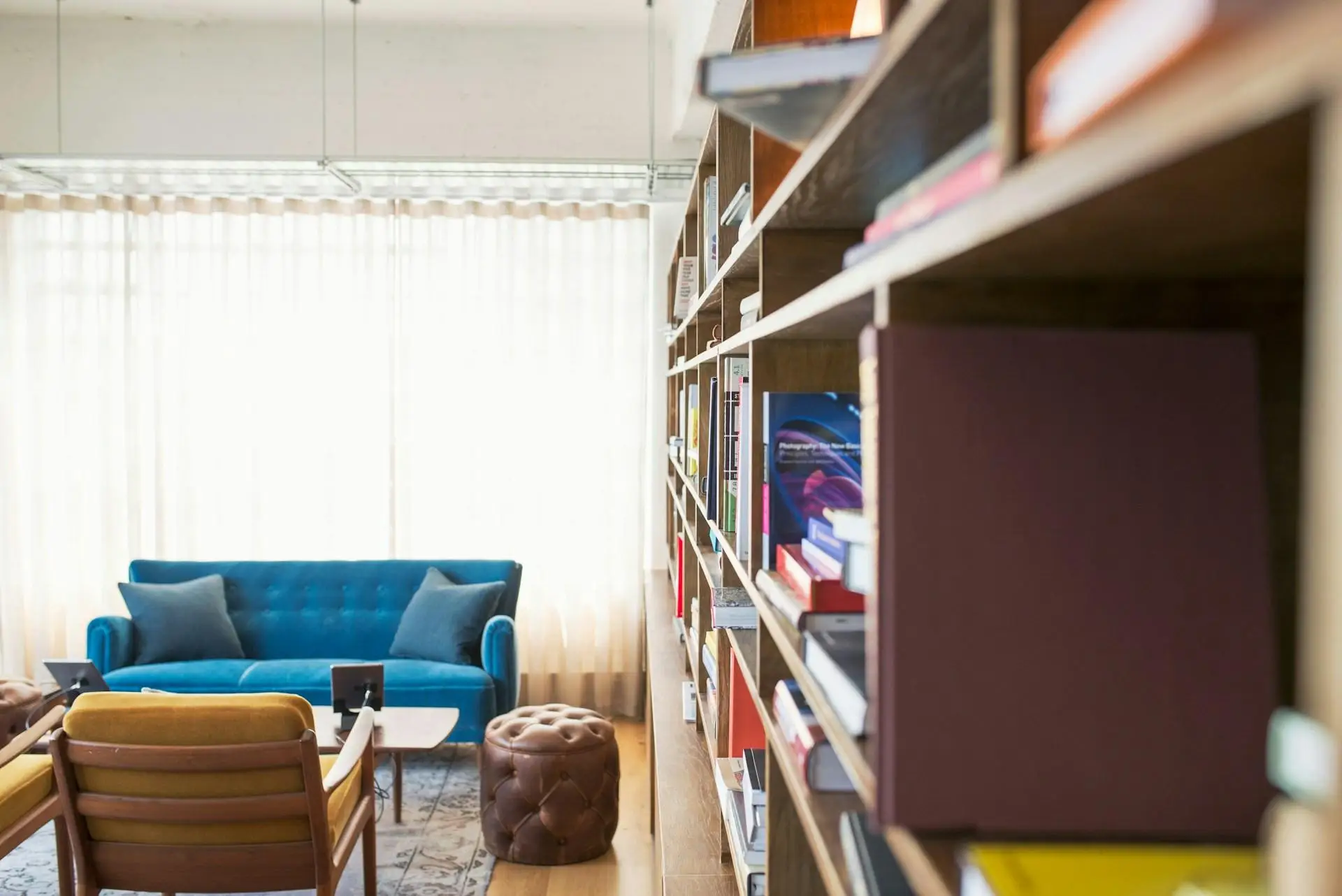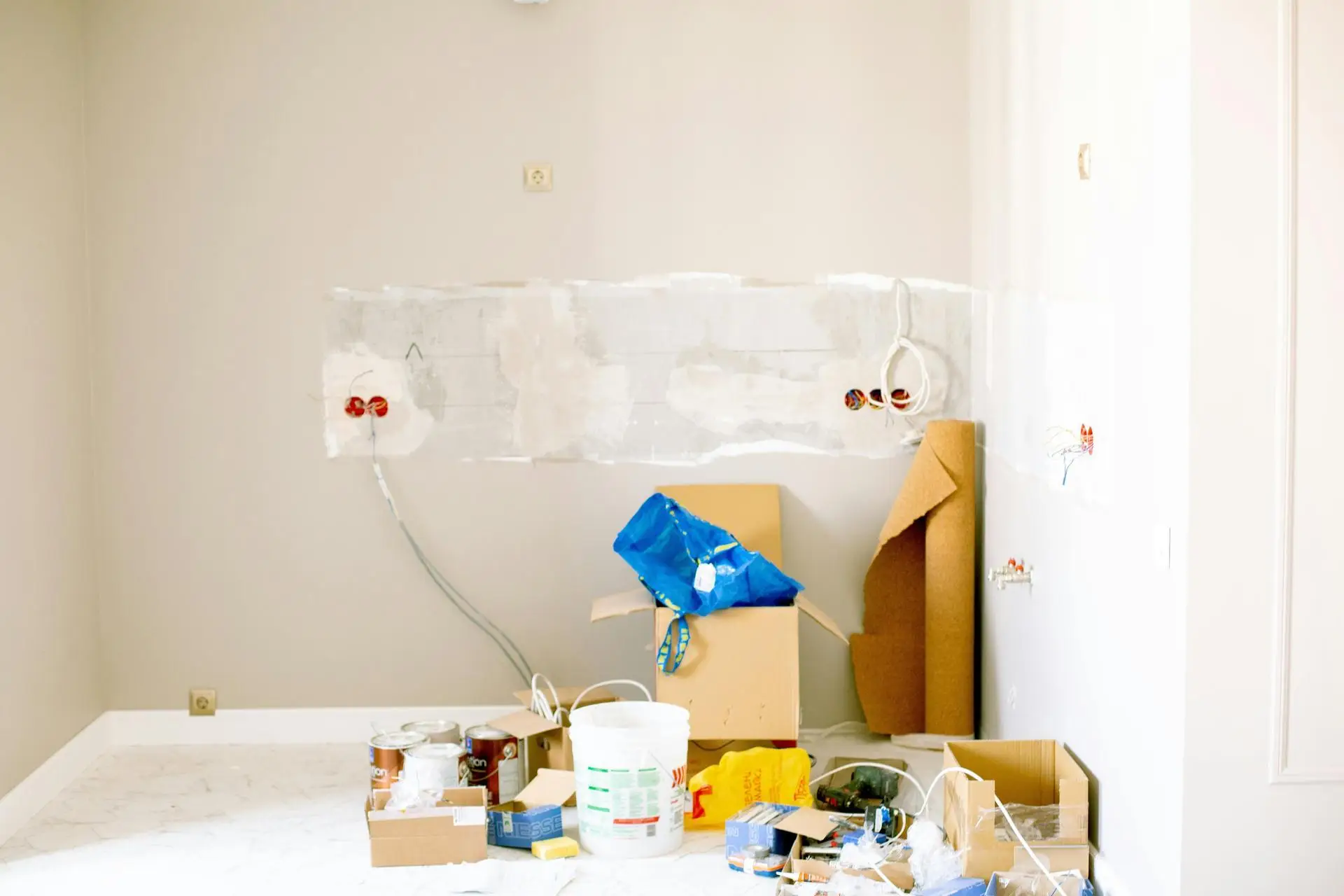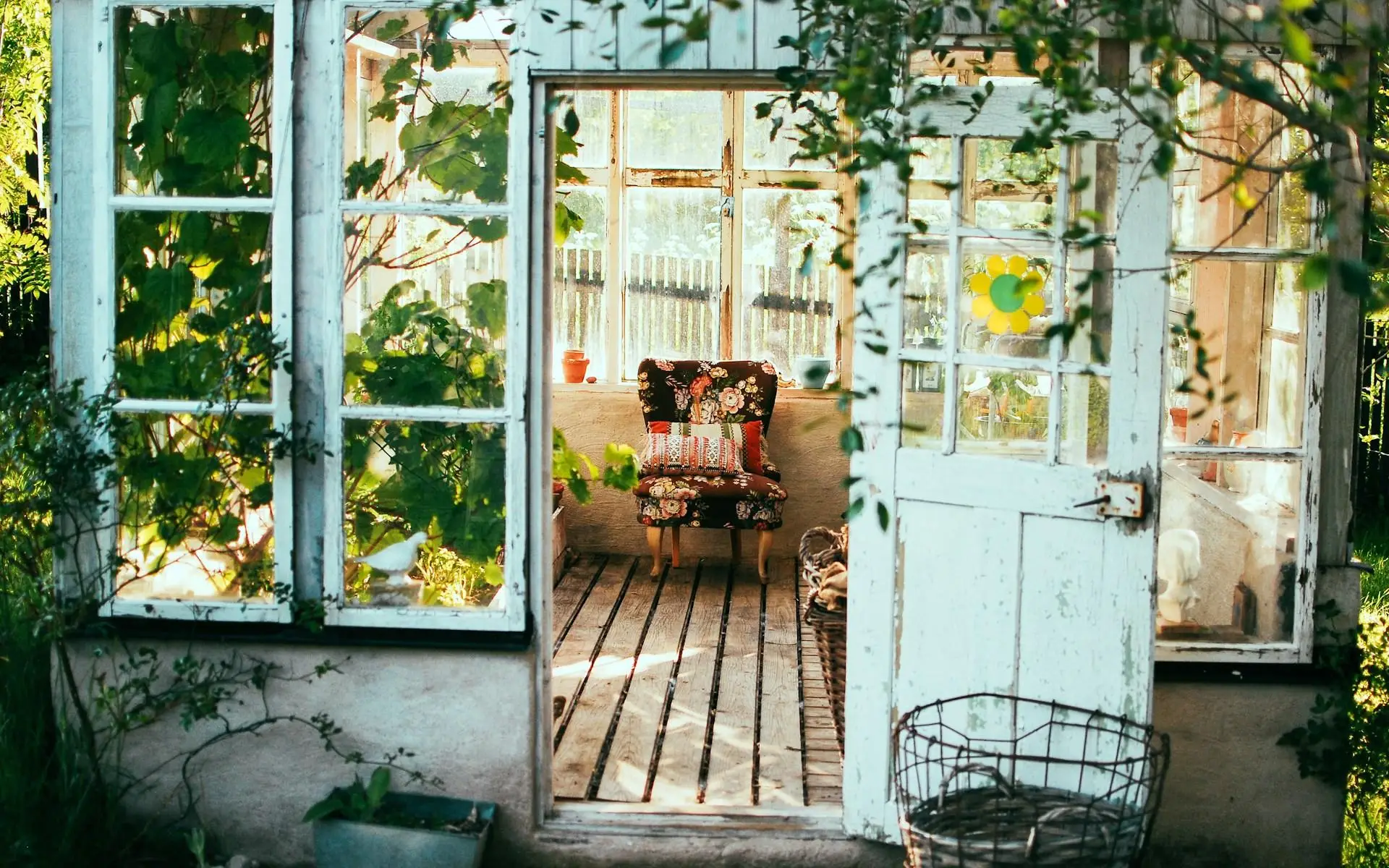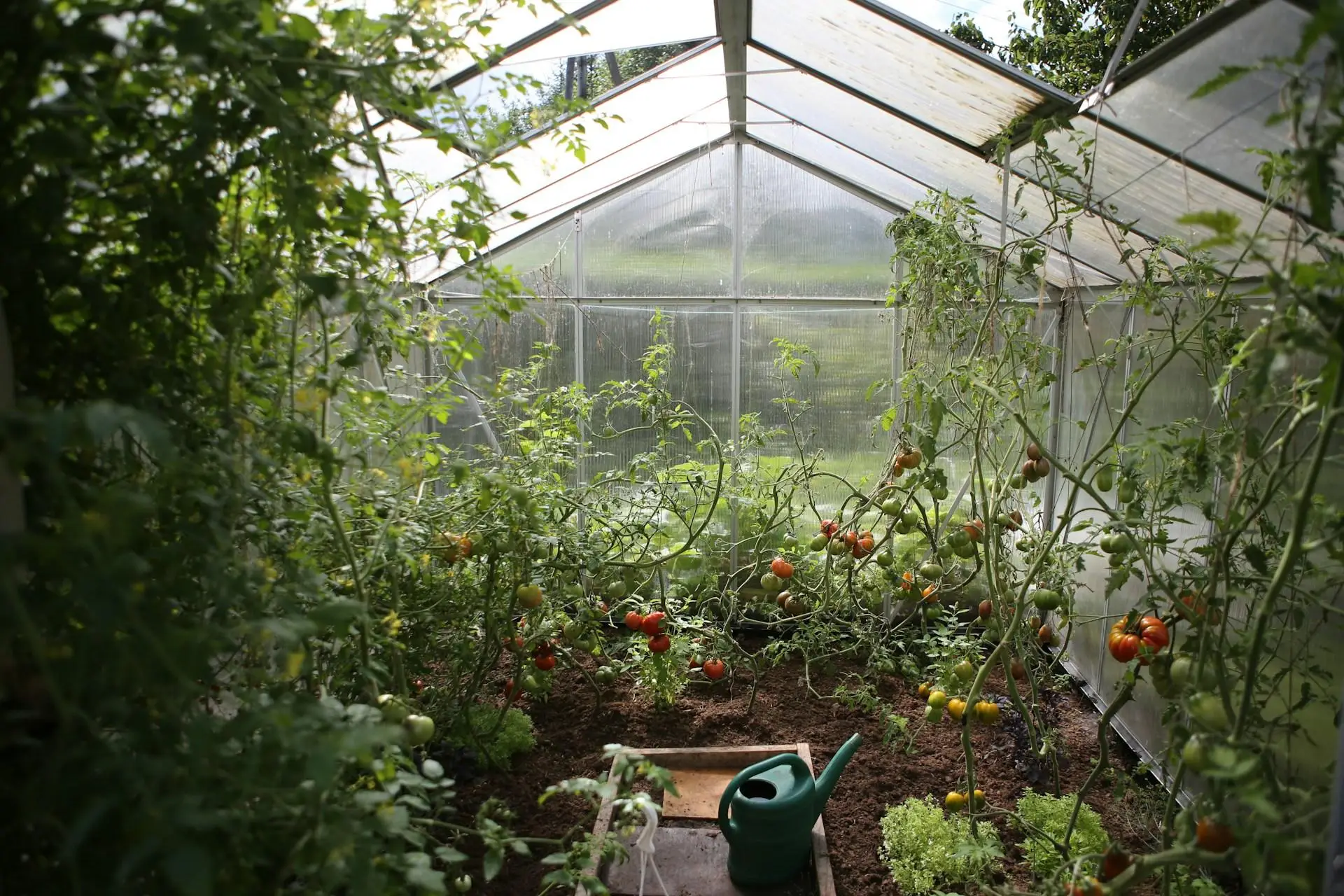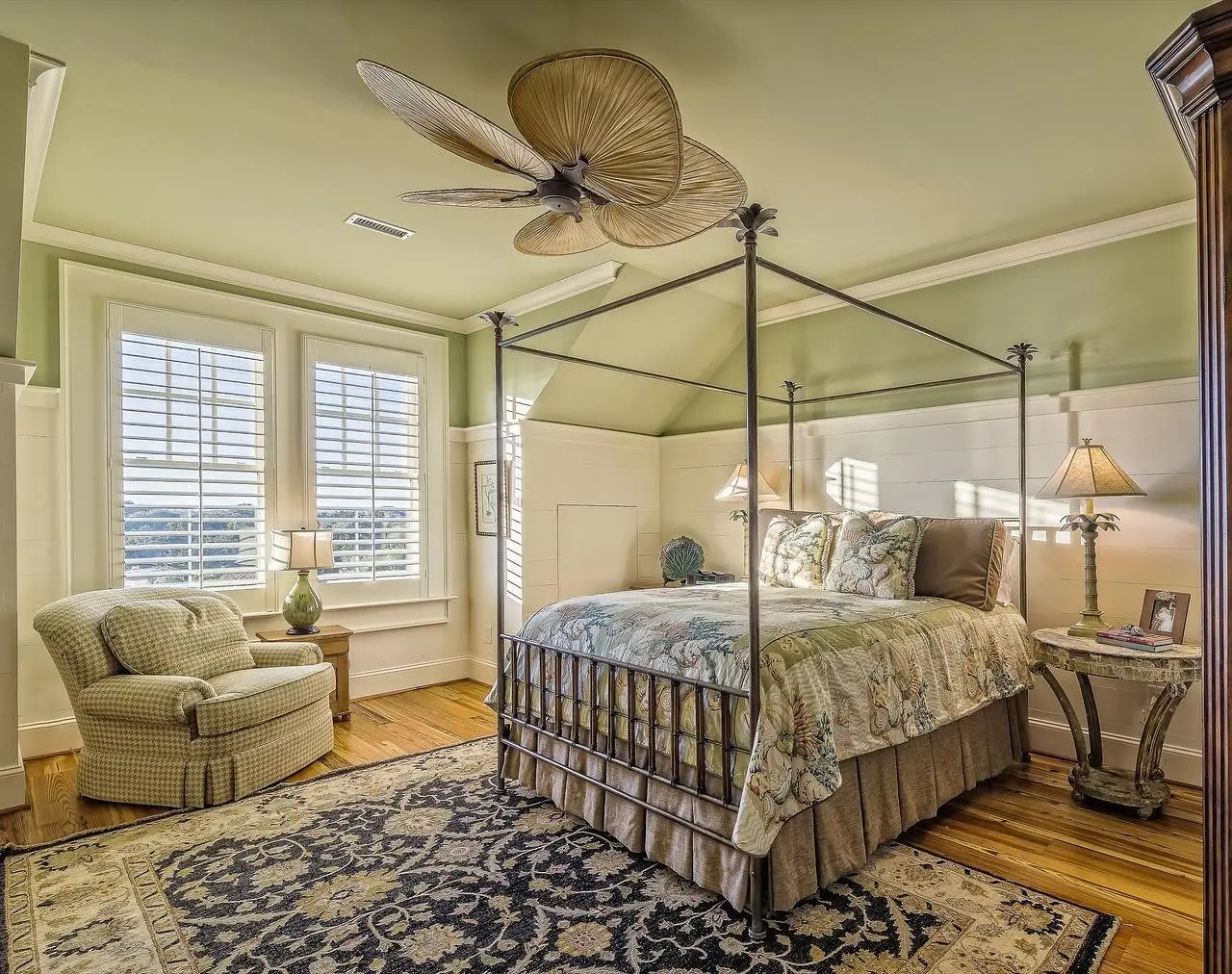Crafting Your Own Bookshelf: A Comprehensive Step-by-Step Guide to DIY Projects
Building a bookshelf from scratch has gained immense popularity as part of the DIY projects movement. This surge reflects a growing desire for personalization, cost-effectiveness, and the unparalleled satisfaction that comes from creating something meaningful. Whether your goal is to display your beloved collection of novels or to organize an array of reference materials, crafting a bookshelf tailored to your needs can be a rewarding experience. This guide will walk you through every step required to create your own bookshelf, from planning and design to assembly and installation.
Planning Your DIY Bookshelf Project
A. Determining Your Needs
1. Assess Your Space
Before diving into a DIY project, it is crucial to assess the available space for your new bookshelf. Start by measuring the dimensions of the area where you plan to place the shelf. Consider the height, width, and depth of the space to ensure your bookshelf fits seamlessly into the room. Additionally, think about the existing decor and style of the room; a well-integrated bookshelf will enhance your overall design rather than detract from it.
2. Identifying the Type of Bookshelf
Choosing the right type of bookshelf is a fundamental step in your DIY project. There are various options available, including wall-mounted shelves, freestanding units, and corner shelves. Each serves different purposes, whether for storage, displaying decorative items, or organizing books. Reflect on how you plan to use the bookshelf and what design will best meet your needs.
B. Designing Your Bookshelf
1. Sketching Your Design
Once you have a clear understanding of your space and needs, it’s time to sketch your design. This can be achieved using design software or traditional methods on paper. Take into account the dimensions you’ve measured earlier, ensuring that the height, width, and depth are proportional and functional. Consider the spacing between shelves to accommodate various book sizes and the inclusion of decorative elements.
2. Material Considerations
Selecting the right materials is critical to the success of your DIY bookshelf. Popular choices include plywood, solid wood, and MDF (medium-density fiberboard). Each material has its own characteristics, so it’s important to choose one that fits your design aesthetic and budget. Additionally, think about your finishing options—will you paint, stain, or apply varnish? Each finish can dramatically change the look and feel of the final product.
Gathering Supplies and Tools
A. Supplies Needed
1. List of Materials
Creating a comprehensive list of materials before starting your project is essential. This list should include the wood dimensions and quantities needed for your design. You will also require additional materials like brackets for shelf support, screws, and wood glue.
2. Finishing Materials
Beyond the structure itself, secure finishing materials such as paint or stain will greatly enhance the aesthetics. Select colors or stains that complement your existing decor, and don't forget to gather brushes and applicators for a smooth application.
B. Tools Required
1. Essential Tools for Beginners
As with any DIY project, having the right tools is crucial. Essential tools for building a bookshelf include a saw (circular or miter saw), drill, measuring tape, level, and sandpaper. Each of these tools plays a significant role in ensuring accuracy and quality during construction.
2. Safety Equipment
Safety is paramount in any DIY project. Always use appropriate safety equipment, such as goggles, gloves, and masks, especially when working with wood and power tools. This will help safeguard against potential injuries and inhalation of wood dust.
Step-by-Step Construction Process
A. Preparing the Workspace
1. Setting Up a Safe and Organized Work Area
Creating a safe workspace is essential before beginning any major DIY project. Clear the area of clutter, and ensure you have enough room to move freely while working.
2. Gathering All Tools and Materials Before Starting
Organize all tools and materials ahead of time. Having everything in one spot will reduce frustration and enhance efficiency during the construction phase.
B. Cutting and Assembly
1. Cutting the Wood According to Measurements
With all preparations completed, start by cutting the wood according to your measurements. Precision is key; taking time to make accurate cuts will pay off in the assembly phase.
2. Assembling the Basic Structure
Begin assembling your bookshelf by constructing the frame, which includes the sides, top, and bottom. Securely attach the shelves using brackets or dowels to ensure they are stable and capable of supporting the weight of your books and decor.
C. Finishing Touches
1. Sanding Surfaces for a Smooth Finish
Once the structure is complete, sand all surfaces to create a smooth finish. This step is critical for both aesthetics and preparing the wood for paint or stain application.
2. Applying Paint or Stain
When applying your chosen paint or stain, use even techniques for the best results. Pay attention to drying times and consider applying multiple coats to achieve the desired depth of color.
Final Steps and Installation
A. Installing the Bookshelf
1. Preparing the Wall for Installation (if applicable)
If your design includes a wall-mounted shelf, prepare the wall accordingly by finding studs and marking their locations. This preparation is essential for a secure installation.
2. Mounting the Bookshelf Securely
Use brackets or anchors to mount your bookshelf securely to the wall. Taking extra care in this step will ensure the structure is safe to use and minimizes the risk of damage or accidents.
B. Organizing Your Bookshelf
Once the bookshelf is installed, the fun of organization begins. For an aesthetically pleasing display, mix vertically and horizontally stacked books. Incorporate decorative items, such as plants or photographs, to add personal touches and character to your new creation.
Creating your own bookshelf as a DIY project not only serves a functional purpose but also provides a gratifying experience. The freedom to design and build according to individual preferences leads to a sense of accomplishment and pride in one's space. With the right planning, materials, tools, and a bit of creativity, it’s entirely possible to craft a bookshelf that reflects personal style and meets practical needs. Readers are encouraged to venture into their own DIY projects, sharing their experiences, tips, or images on social media or community forums to inspire others in their creative journeys.

